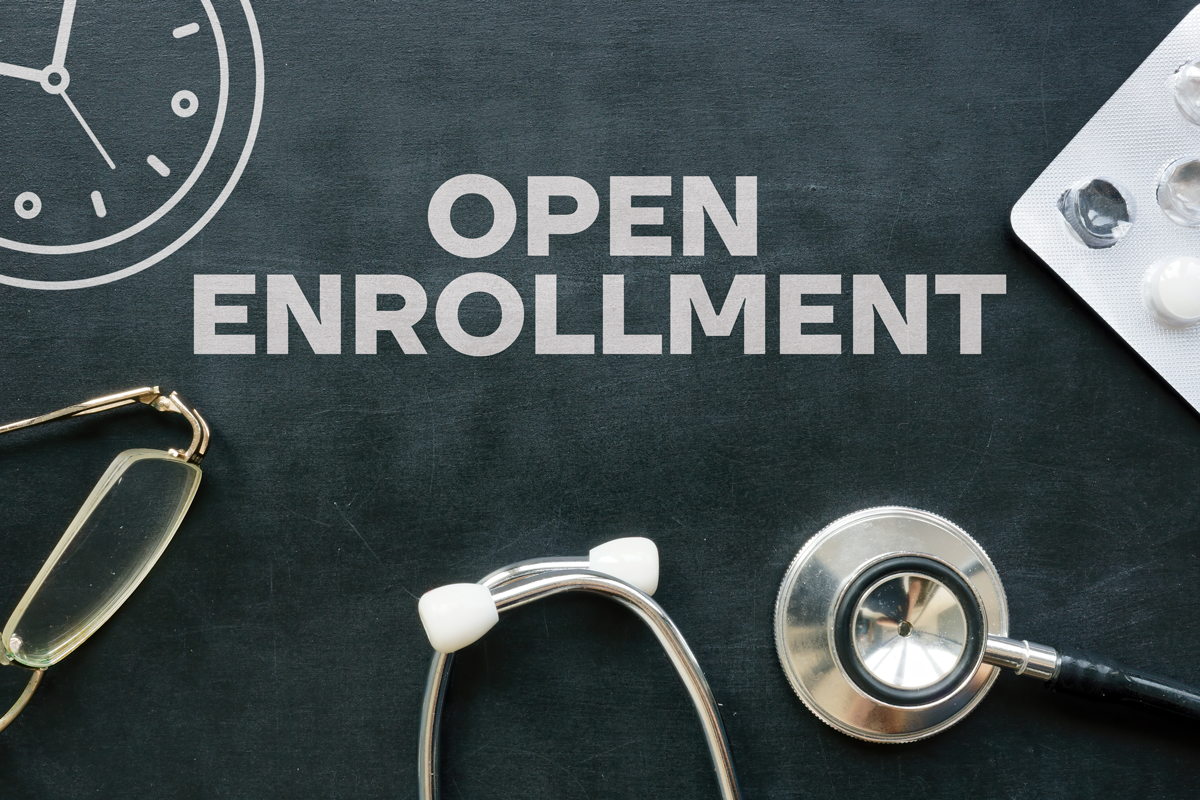Optimized language services eliminate language barriers during open enrollment and create a better experience for your limited-English proficient (LEP) enrollees. Here are a few steps you can take to improve the language services your health plan offers during open enrollment and throughout the year.

Step 1: Determine which language services you’ll need
To comply with Section 1557 of the Affordable Care Act, you must provide interpretation and translated documents for enrollees who speak languages other than English. There are four critical requirements that exchanges, qualified health plans, and web brokers registered for more than one year must meet under the ACA:
- Entities must provide oral and written translation services as needed by applicants and customers. This service must be provided at no additional cost.
- Taglines are required for both printed and digital documents to notify customers that translation services are available. Taglines must appear in the top 15 non-English languages of the state or states the organization operates in.
- Website content must be translated into languages spoken by LEP groups that make up 10% or more of a relevant state’s population. Qualified health plans only need to translate “critical” information. However, exchanges and web brokers must translate all web content “intended for qualified individuals, applications, employers and employees, and enrollees.”
- Finally, health plans must provide taglines on claims, appeals, and summaries of benefits in any non-English language spoken by 10% or more of the population for any county they serve.

Optimizing interpretation services for health plans
To optimize your interpretation offerings, think about how you currently communicate with enrollees who speak English:
- Do you offer over-the-phone or one-on-one video calls to answer enrollee questions?
- Do you host teleconferencing/webinar info sessions?
Optimizing translation services for health plans
While you may not be legally required to translate all health plan documents into other languages, ask these questions about each document you provide:
- Could an LEP person reasonably participate in this health plan without this knowledge?
- Could an LEP person’s benefits/claims be denied if they don’t comprehend this information?
- Could an LEP person suffer significant financial, physical, or other harm without understanding the information?

Step 2: Select a qualified language services provider
You need an LSP who can fulfill your interpretation and translation needs while delivering high-quality services. Make sure you select a qualified provider that meets all of your needs by asking about:
- Superior customer service: How does the LSP train interpreters to deliver excellent customer service?
- Subject matter expertise: Do the LSP’s interpreters and translators understand the nuanced terminology used in the health insurance industry?
- HIPAA compliance & data security: How will the LSP protect your enrollees’ private health information and your health plans’ proprietary data?
- Third-party accreditation: Can the LSP consistently meet objective quality standards for the services provided?
- Account support: Does the LSP provide a dedicated account manager and translation project manager to answer your team’s questions?
- Guided implementation: Will your team be expected to set up your own equipment and services, or will experts guide you through the process?

Step 3: Prepare for
open enrollment
With a list of necessary language services and a qualified provider ready to help, here’s how you can prepare for open enrollment:
- Translate key documents into your state’s top 15 languages
- Enrollment materials: Explanation of Coverage, Annual Notice of Change, directories, formularies, & welcome materials
- Member correspondence: Explanation of Benefits, claim supporting documentation, grievances and appeals, & utilization management
- Marketing materials: Website and app content, Summary of Benefits Coverage, & promotional materials such as brochures
- Train your enrollee support staff to use remote interpretation services
- Provide training and written instructions on how to access an interpreter
- Make it easy for your staff to remember your account login information using access badges, stickers, and other tools
- Provide LEP enrollees with unique toll-free numbers that allow them to call your staff with an interpreter already on the line


Have more questions about optimizing your language services?
Contact CyraCom’s experts to schedule a complimentary strategy session






